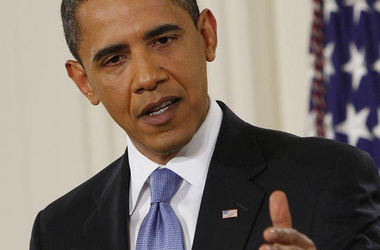Cutting Federal Pell Grant Funding Will Be Detrimental to Minorities

Millions of minority college students depend on the government’s Pell Grant Program to help pay for their college education. This federal program, created in 1972, helps the poorest Americans attend college by providing them with federally funded grants that do not need to be repaid. Students apply for the program by completing a FAFSA (Free Application for Federal Student Aid) before the start of each school year. The FAFSA department will determine the student’s yearly income to decide if they qualify to receive the federal money to help pay for their college tuition.
Currently, government grants pay students up to $5,730 a semester. The amount of funds that full-time and part-time students receive is used to pay for their textbooks and tuition. By limiting the funds that are offered for federal grant recipients, many students that are in dire need of government assistance will be left without adequate means to further their education.
In today’s job economy, students are aware that it is essential to have a college degree in order to be competitive in the job market. It is much easier to obtain a college education at your own pace with the increase of online schools. The state of the economy, as well as the current flexibility in earning a degree, has shown an increase in the number of minority students that are enrolled in a community college or university. This rise in minority students has also increased the number of federal grant recipients. About two-thirds of black college students receive federal grants and a little more than fifty percent of Latino students use the Pell Grant to pay for their schooling.
While Congress has set aside $33.7 billion for federal education grants for the needy, this is a huge decrease from the 33.97 billion that was initially allocated towards educational grants. By decreasing these grant funds, students will need to obtain private or federal student loans to complete their college education. Student loan debt is growing at an alarming rate year after year. As of 2014, the total amount of student loan debt is at more than $1 trillion, and more than 7 million people have defaulted on their student loans. It is possible that this staggering figure will continue to rise once federal grants are decreased.
While educational funding is being cut, the budget for the Supplemental Nutrition Assistance Program, also known as food stamps, is on the rise. Congress is helping needy Americans by allocating $82 billion to the food stamp program. Overall, more than 46 million people were on food stamps as of August 2014 with whites making up 43% of food stamp users.
Although educational funding will be taking a hit, the United States government will continue to pump money into defense spending with $521 billion allocated to defense and military operations.











